Greyhounds off-leash: A comprehensive guide to responsible off-leash running
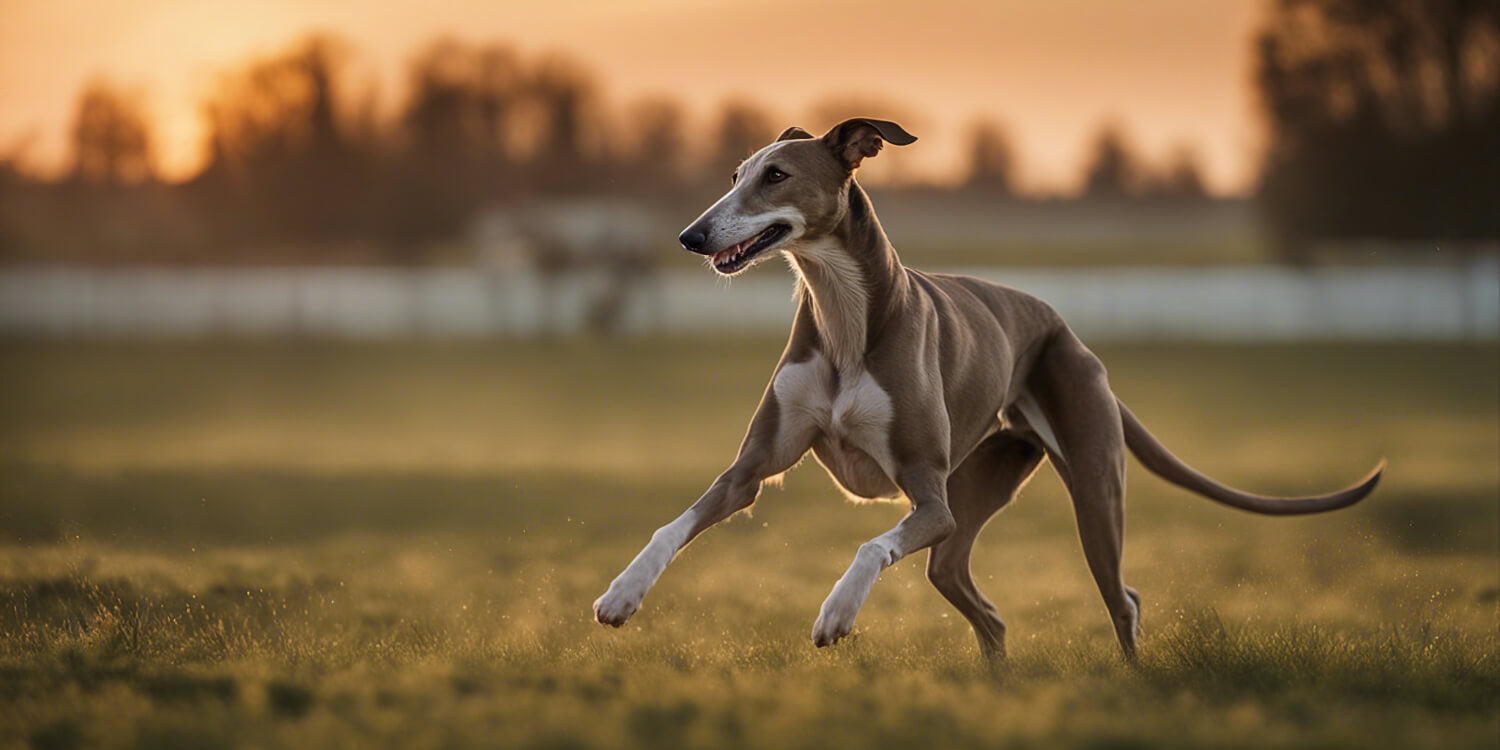
The question of whether to let a greyhound run free off-leash is one of the first considerations faced by any owner of this elegant breed. A multitude of factors play a role in the decision, and it's not a simple yes or no answer.
Importance of free running for greyhounds
Greyhounds are known for their urge to run and require sufficient free space to live a fulfilling and happy life. Without this freedom, they cannot be fully satisfied. The need for free space is deeply rooted in their nature and is directly related to their well-being.
However, different greyhound breeds exhibit different behaviors when off-leash. While some breeds form a close bond with their owners and enjoy staying close, others tend to explore larger areas. These different characteristics must be taken into account to ensure the safety of the dog and its environment.
Challenges and risks of running off-leash
However, the freedom of off-leash running also poses significant risks. Greyhounds can quickly find themselves in danger due to their high speed. A road 1,000 meters away can be reached in a minute. Furthermore, there is always the danger that some greyhounds, due to their strong hunting instinct, may chase wild animals, which is not only prohibited but also dangerous for both parties. These risks must be taken seriously and avoided at all costs.
The decision to let a greyhound run off-leash ultimately depends on two main factors: the individual dog and the terrain. Not every greyhound responds the same way to freedom, and not every terrain is suitable for off-leash exercise.
In the following blog article, we will examine in detail the various aspects to consider to help greyhound owners make an informed decision about letting their dogs run free.
Not all greyhounds are the same: Breed differences and their influence on free running
The world of greyhounds is diverse and fascinating. Although they all belong to the same category, the different breeds differ significantly in their behavior and needs, especially when it comes to off-leash running. Understanding these differences is crucial for the dog's safety and well-being, as well as for public safety.
Different greyhound breeds and their behavior
- Central European breeds: Whippets and Greyhounds, as well as the Italian Greyhound and the Silken Windsprite, are among the Central European sighthound breeds. These breeds tend to form close bonds with their owners and are more likely to stay close to them. They are active and enjoy spending time with their owners, even away from the couch at home.
- Mediterranean and Oriental breeds: In contrast, Mediterranean and Oriental breeds, such as the Galgo Español, tend to explore larger territories and show a less pronounced bond with their owners. They are more independent and often more intensely engaged in probing the terrain and searching for prey.
Hunting instinct and reaction to wild animals
- Sight hunters: Some sighthounds are strong sight hunters. A Whippet, for example, might chase after a prey but return after a few minutes. These breeds often exhibit shorter chase times and are more likely to return to their owner.
- Long-distance hunters: Breeds like the Afghan Hound and the Podenco are known for their long-distance hunting abilities. They can stay away for hours and may be harder to retrieve once they've picked up a scent.
Freewheeling: A balancing act
- Risk assessment: While greyhounds need their off-leash exercise, every owner must carefully consider the risks of unsupervised off-leash exercise. The decision to allow a greyhound to run off-leash must be made taking into account the breed, individual behavior, and the environment.
- Safety and control: The dog's safety and the protection of wildlife must be a top priority. This often requires a high level of training, supervision, and control, especially in areas with high wildlife populations.
Knowing the specific characteristics and needs of different greyhound breeds is crucial for responsible off-leash management. In the next section, we will explore the risks and challenges of off-leash greyhounds.
Risks of greyhounds running free
While off-leash greyhounds offer benefits for their health, well-being, and bonding, it also carries significant risks. These must be carefully considered to ensure the safety of your dog and those around him.
Dangers of non-compliance with traffic and terrain safety
- Quick access to danger zones: Greyhounds are extremely fast and can cover great distances in a very short time. A road 1,000 meters away can be reached in just one minute, increasing the risk of traffic accidents.
- Accidents caused by uneven terrain: Greyhounds are designed for high speeds, but not necessarily for maneuverability on rough terrain. Uneven ground or obstacles can therefore lead to dangerous falls.
Legal aspects and leash requirements
- Breeding and nesting season: During the breeding and nesting season of wild animals, there is an increased leash requirement in many regions to protect wildlife.
- Prohibited hunting of wild animals: In Germany, hunting of wild animals by dogs is prohibited by law. A greyhound hunting game can constitute an administrative offense, which can result in fines or even criminal prosecution.
- Potential liability for damages: If a dog injures or kills wild animals, this can lead to claims for damages from the hunting leaseholder. There is also a risk that the dog will be classified as dangerous, which can lead to further legal consequences.
- Leash requirement in public areas: In some areas, such as public parks, city centers, or forests, dogs must be kept on a leash. However, the exact conditions vary between federal states.
Importance of the leash requirement
- Safety: The leash requirement serves the safety of dogs, wildlife, and the public. It helps prevent accidents and conflicts with wildlife or other people.
- Responsibility: As a dog owner, you are obliged to ensure that these rules are observed and thus assume responsibility for the animal and its environment.
Possible penalties for violations
- Fines: Violations of the leash requirement can result in fines that vary depending on the severity of the violation. In extreme cases, these penalties can amount to up to €50,000.
- Legal consequences: In addition to fines, serious violations may result in further legal consequences, especially if the dog's behavior injures people or animals.
Overall, off-leash greyhounds require responsible and attentive handling. In the next section, we'll take a closer look at off-leash training and the most important commands necessary for safe off-leash training.

Free-running training: building trust and obedience
Successful off-leash training for greyhounds is based on mutual trust and the development of reliable obedience. This is crucial to ensuring that the dog remains under control even off-leash.
Basic principles of freewheel training
- Building trust: The most important thing in off-leash training is to build a strong bond and deep trust between dog and owner. A dog that trusts its owner is more likely to respond to recall and avoid straying.
- Step-by-step approach: Start training with a leash to reinforce basic commands. Then use a retractable leash to give your dog more freedom of movement while still allowing you to intervene.
- Careful selection of terrain: Choose areas for your greyhound to run off-leash that are safe and free from hazards such as heavy traffic or dense wildlife.
Important commands
- Recall training: Practice with your dog to respond to specific signals or commands like "Here" or "Come." This will help you recall him even from distracting situations.
- Emergency commands: Train commands such as "stop," "sit," or "down" to get your dog to stop immediately in dangerous situations.
Practical implementation
- First steps in a secure area: Start off-leash training in a safe, fenced area like your yard or use public, fenced dog parks. This gives you the opportunity to let your dog run off-leash in a controlled environment.
- Consistency and patience: Be consistent in your training and be patient. Greyhounds need clear and repeated instructions to understand what is expected of them.
Strategies for dealing with the greyhound's hunting instinct
Effectively managing a greyhound's hunting instinct requires both training and the right equipment. Here are some key strategies:
Training and Management
- Impulse control: Train recall and stop signals to control the dog in critical hunting moments.
- Environmental awareness: Always be alert and recognize potential triggers for hunting behavior before they happen.
The right equipment
- Special greyhound harness : Provides secure support and comfort, especially important during sudden sprints.
- Greyhound collar : Specially designed for the narrow neck shape of greyhounds to avoid choking.
- Short leash : Allows you to put a leash on your dog in seconds, ideal in unpredictable situations.
By combining effective training and the use of specially developed equipment, greyhound owners can safely manage their dog's hunting instinct.

Fun together: Letting greyhounds play with others
The interaction of greyhounds with other dogs plays a crucial role in their development and well-being. It allows them to fully develop their natural senses and social behaviors.
Importance of social behavior
- Social Interaction: Being with other dogs promotes social skills and an understanding of dog etiquette.
- Stress reduction: Free play helps reduce stress and promotes balanced behavior.
Development of the natural senses
- Sensory development: In free play, greyhounds can fully utilize their well-developed senses, such as sight and smell.
- Controlling hunting instincts: Playing with other dogs allows them to live out their hunting instincts in a controlled, playful environment.
Importance of free rein
- Freedom and independence: Free running allows greyhounds to explore their surroundings independently and gain important life experiences.
- Natural behaviors: Without constant supervision on a leash, greyhounds can better develop their instinctive behaviors and lead a healthier social life.
Playing with other dogs and free running are essential aspects of a greyhound's development and happiness. They contribute to a balanced, socially competent, and contented life.
Conclusion
In summary, off-leash running is essential for greyhounds' physical and mental health. With proper training, equipment, legal framework, and environment, off-leash running can be a rewarding experience for both dog and owner.
- Promote independence: Use safe environments to give your greyhound a sense of freedom.
- Strengthen the bond: Trustful off-leash training strengthens the bond and understanding between dog and owner.
- Take advantage of the opportunity: If circumstances allow, encourage your greyhound to explore the world off-leash.
Dare to give your greyhound freedom where it is safe and appropriate and experience the joy of running free with him.

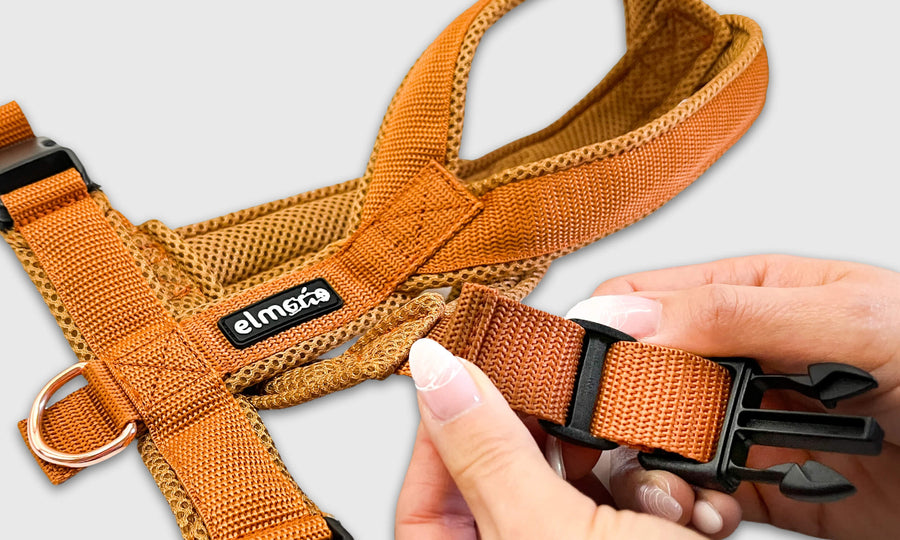
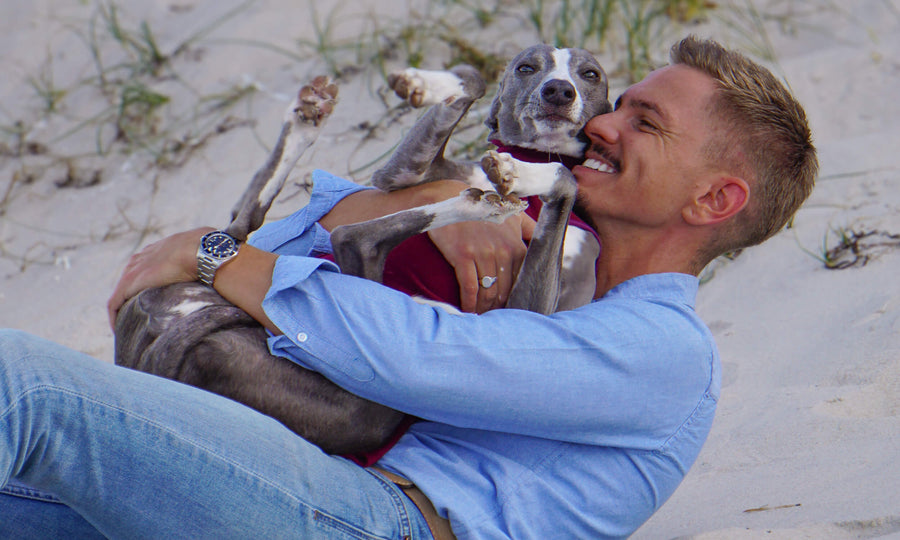





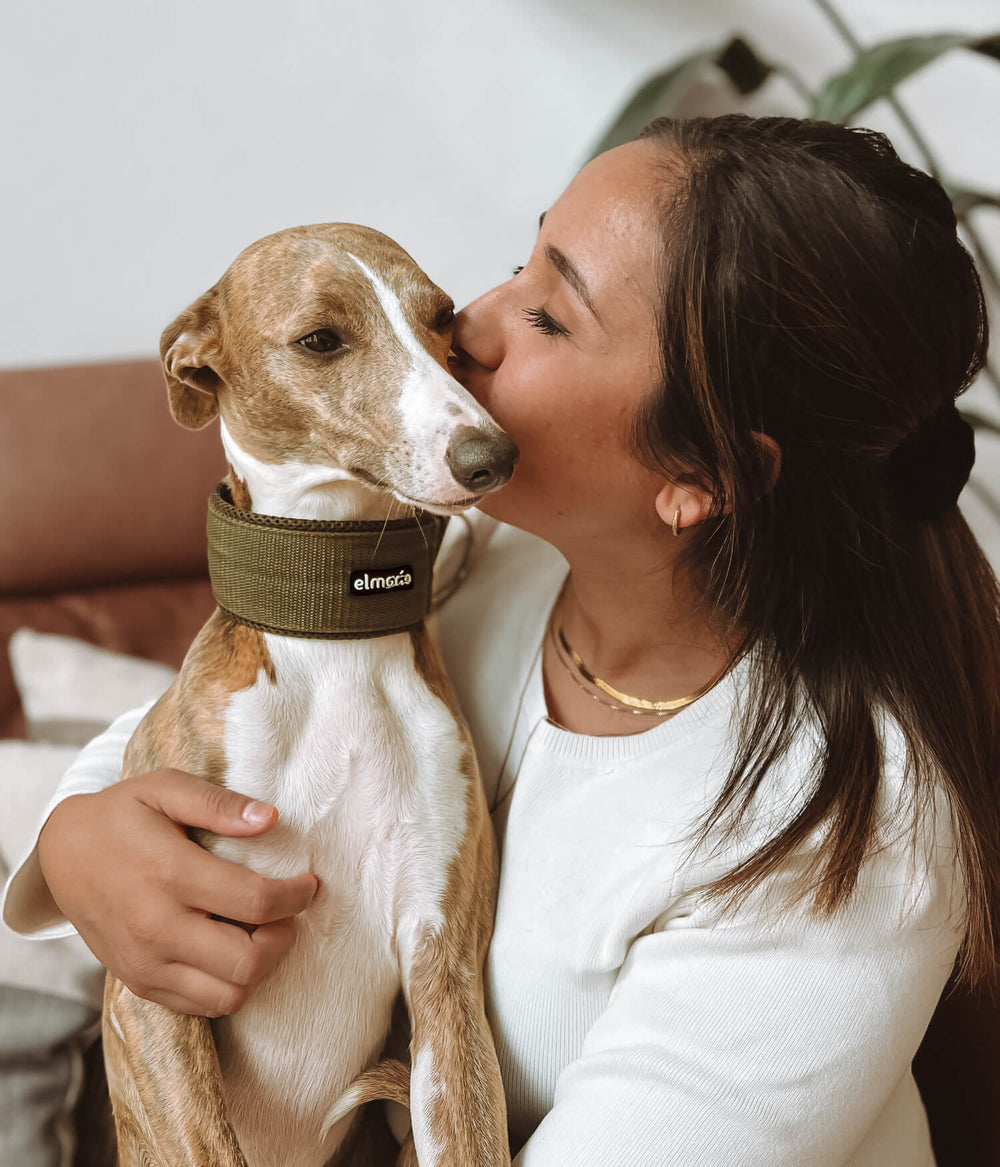
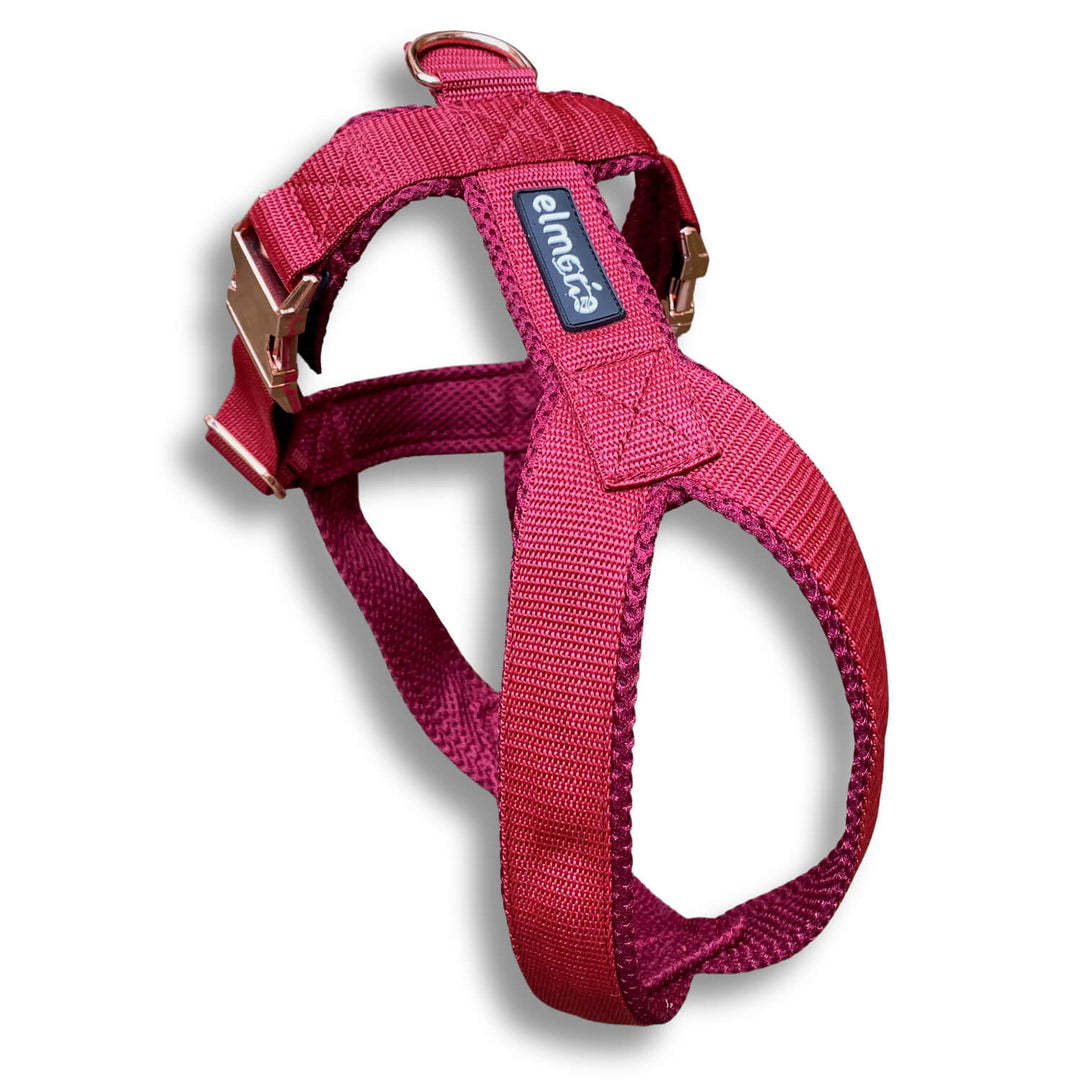
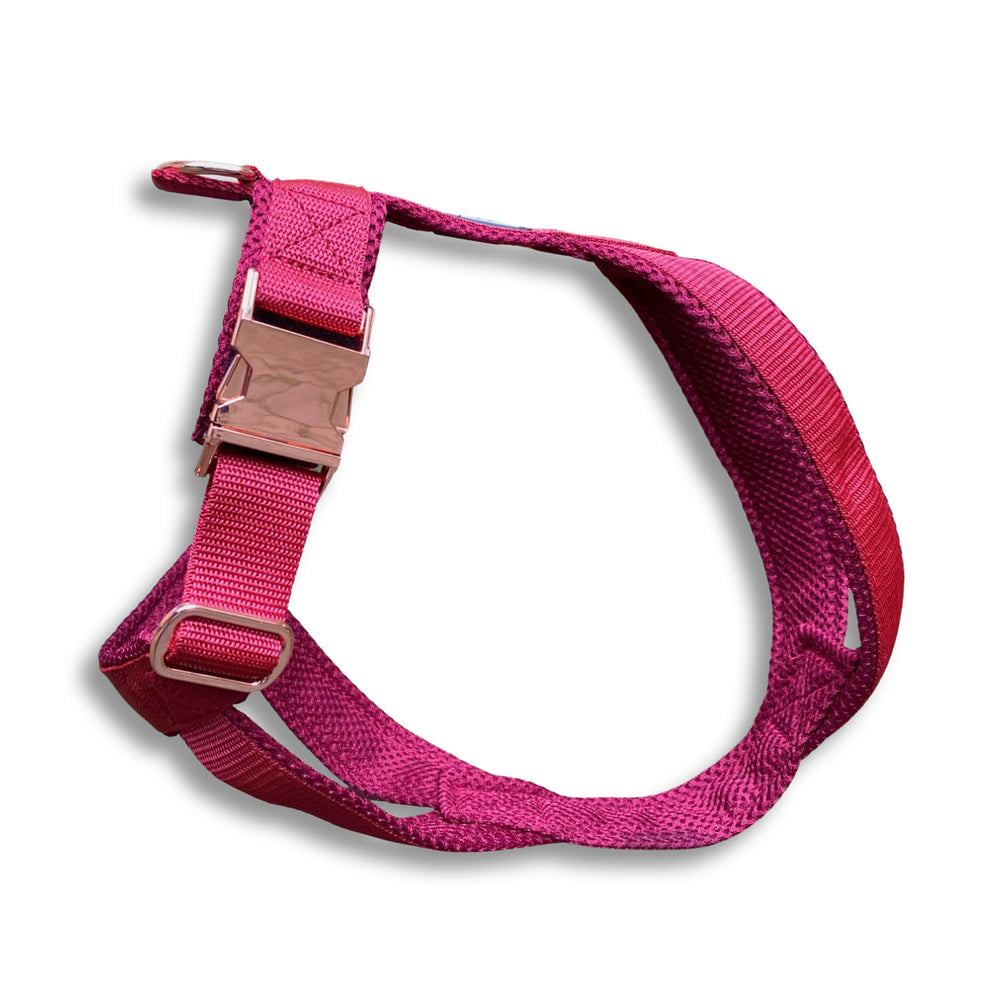
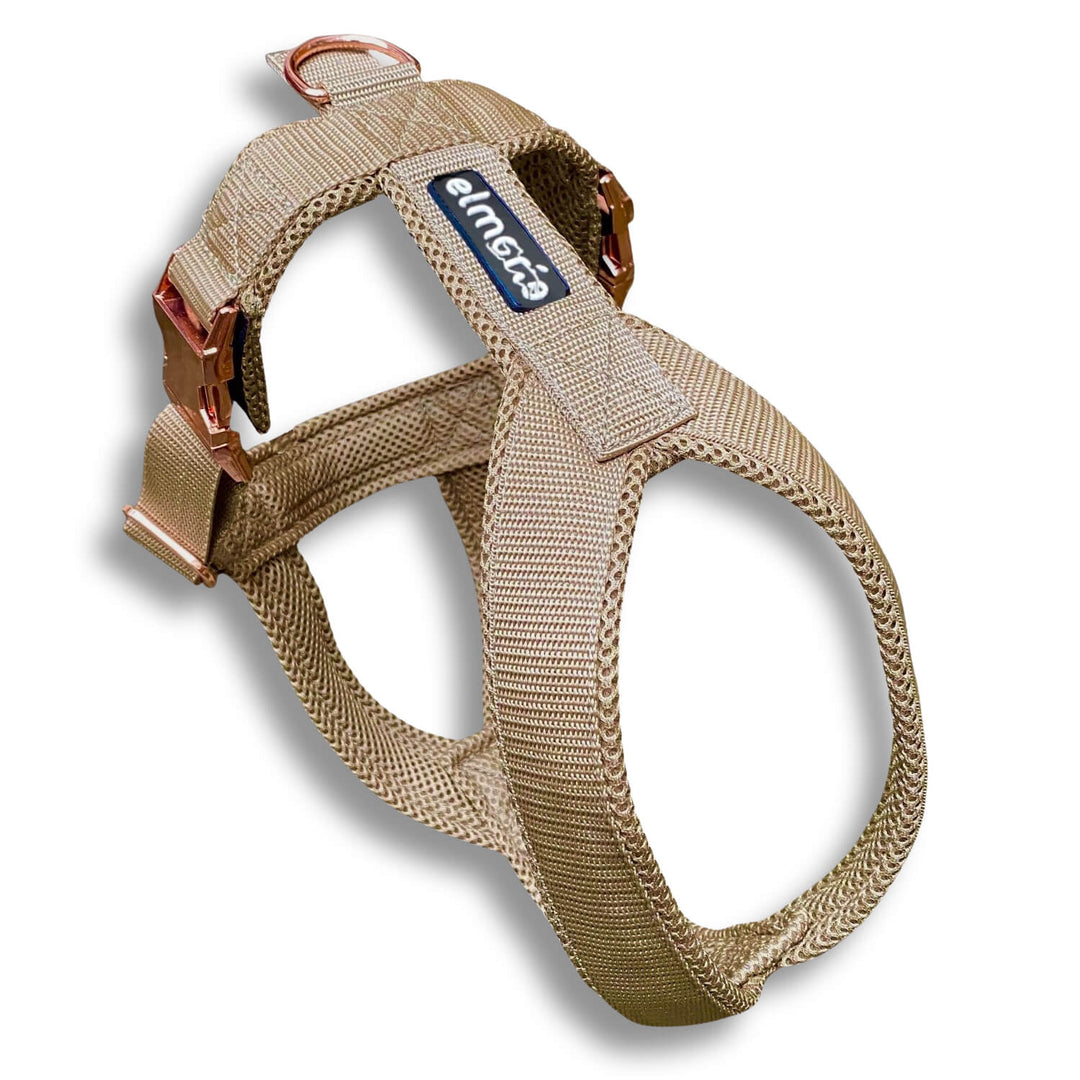
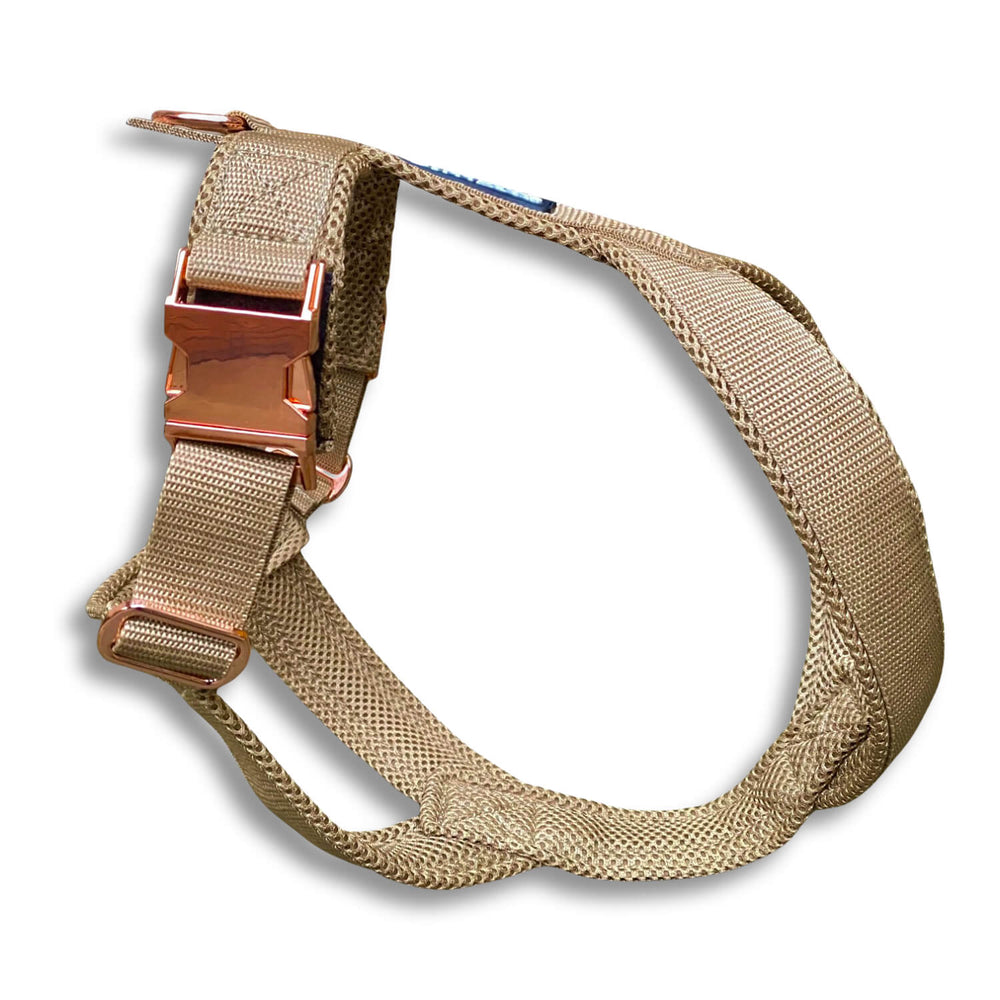
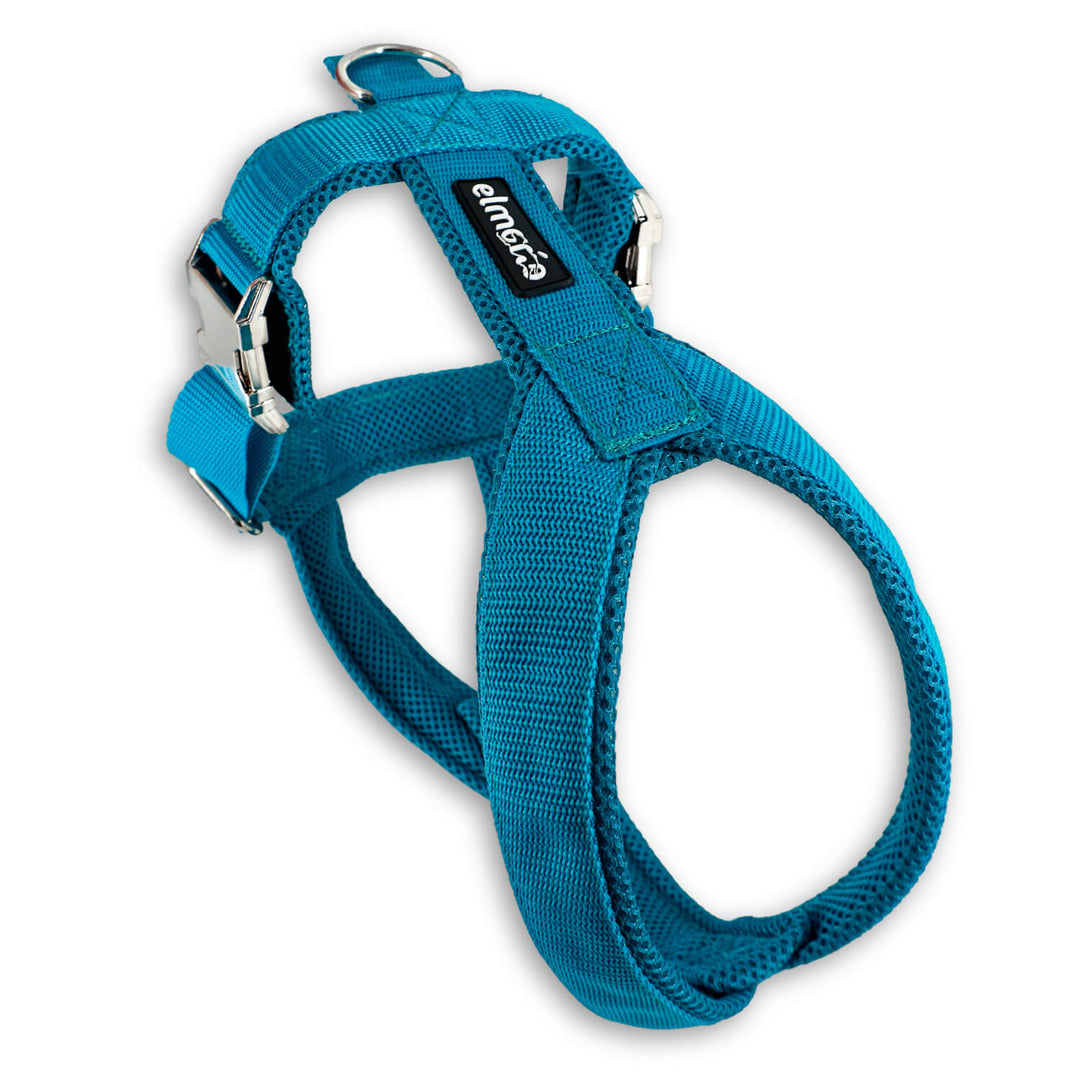
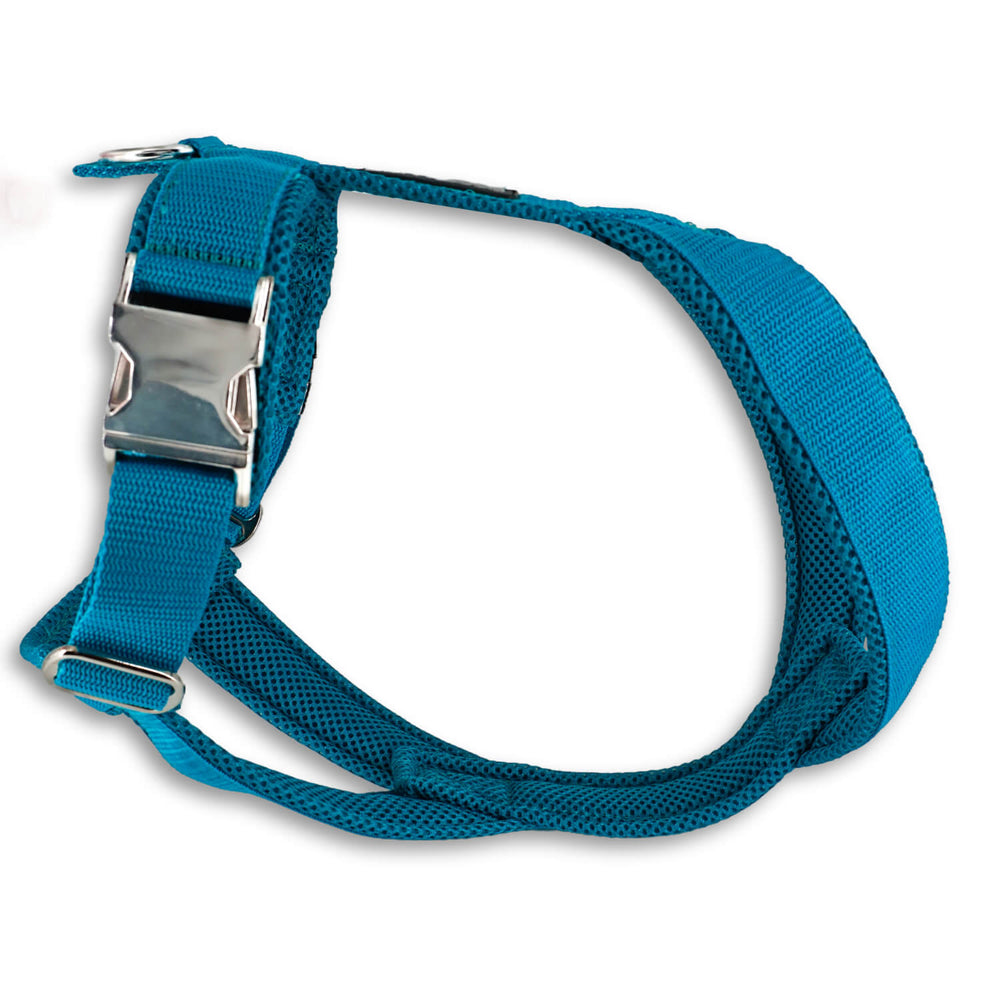
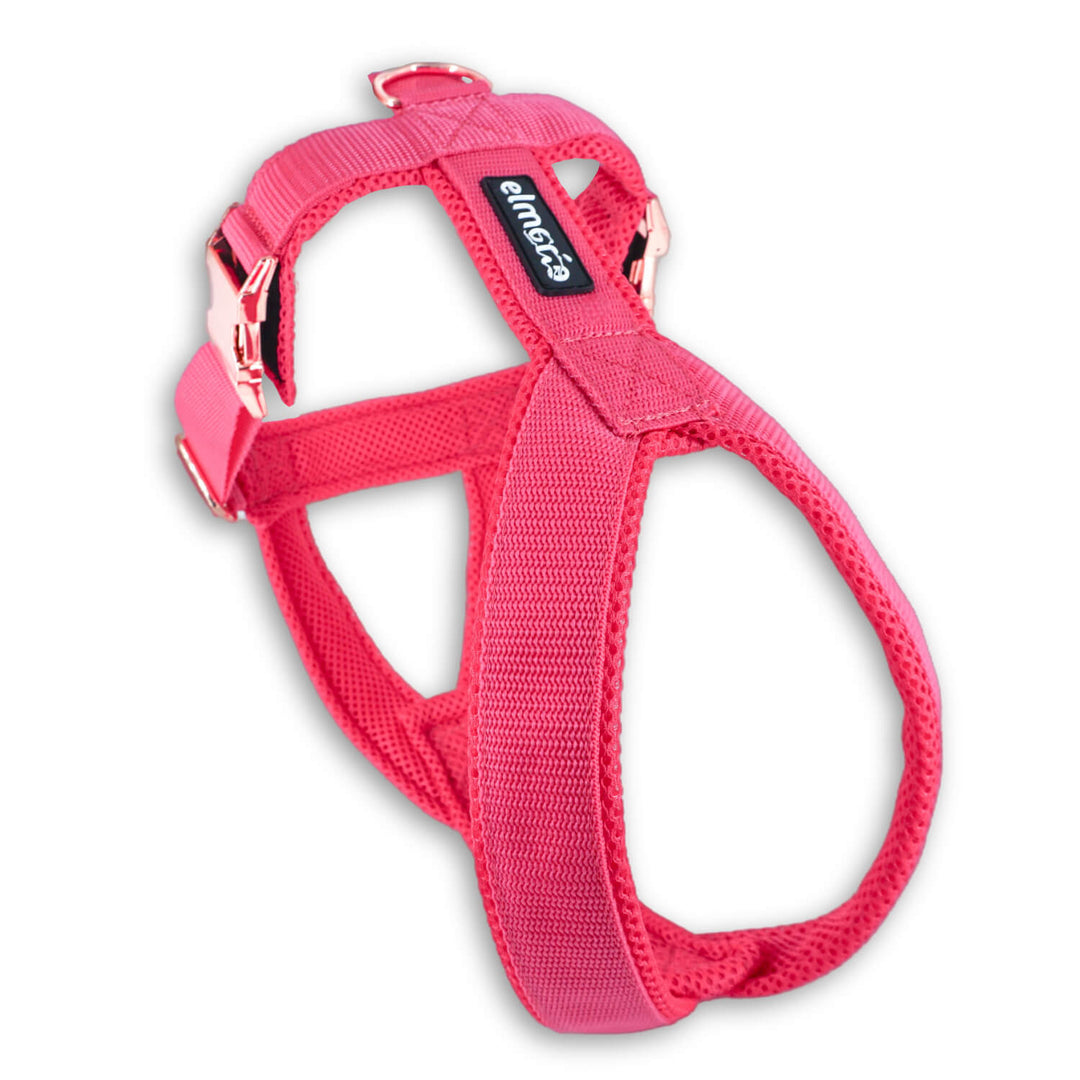
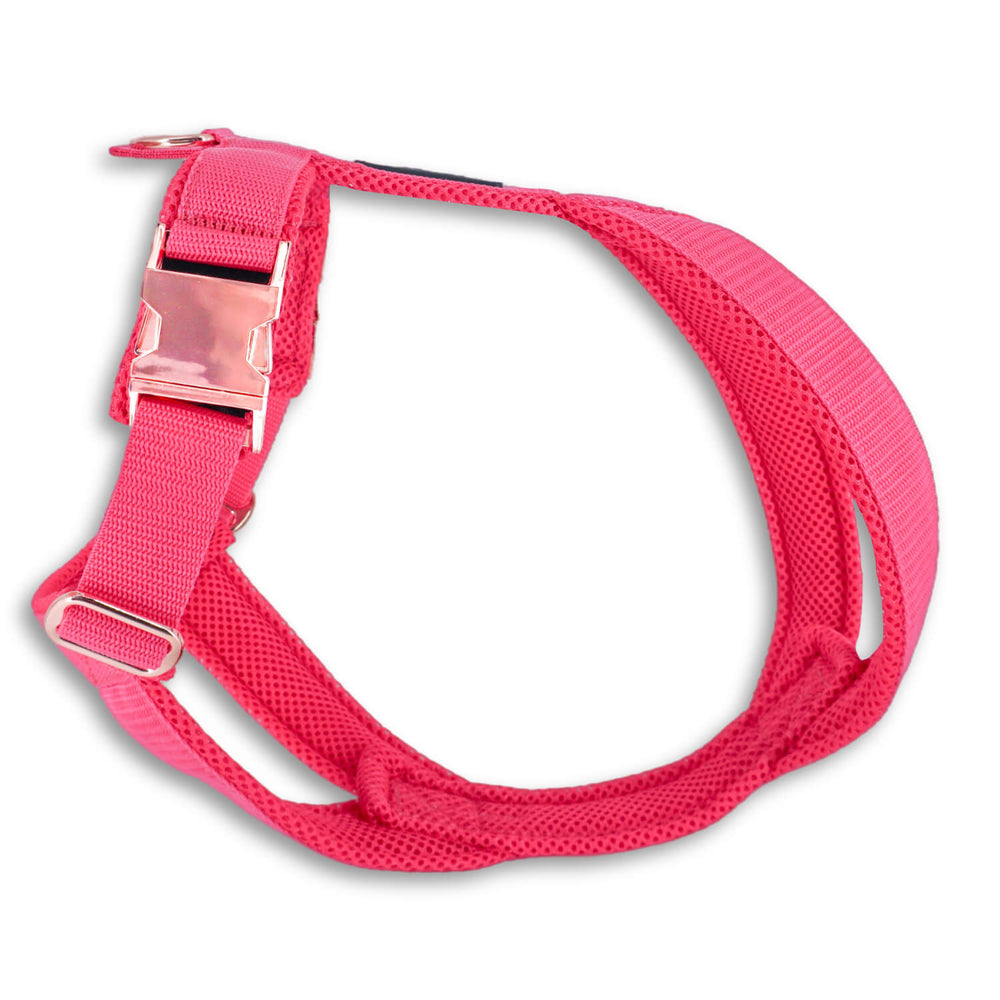
Ich habe ein Greyhound und mein Problem ist draußen.Er macht den starken Macker wenn uns andere Hunde entgegen kommen.Bei Weibchen kein Problem das Problem sind die Rüden.Desweiteren ist er so auf Geräusche und Bewegungen fixiert das er nicht auf meine Kommandos hört.In der Wohnung kein Problem da hört er.
Ich muss dazu sagen er kommt aus einer Käfig Haltung.Es liefen auch viele kleine Hunde dort rum,die alles anbellten.Kleine Giftig Zwerge.Aber ihre Tipps werde ich versuchen.🐕
Ich finde die Tipps spitze, die helfen super!!🐶
Leave a comment